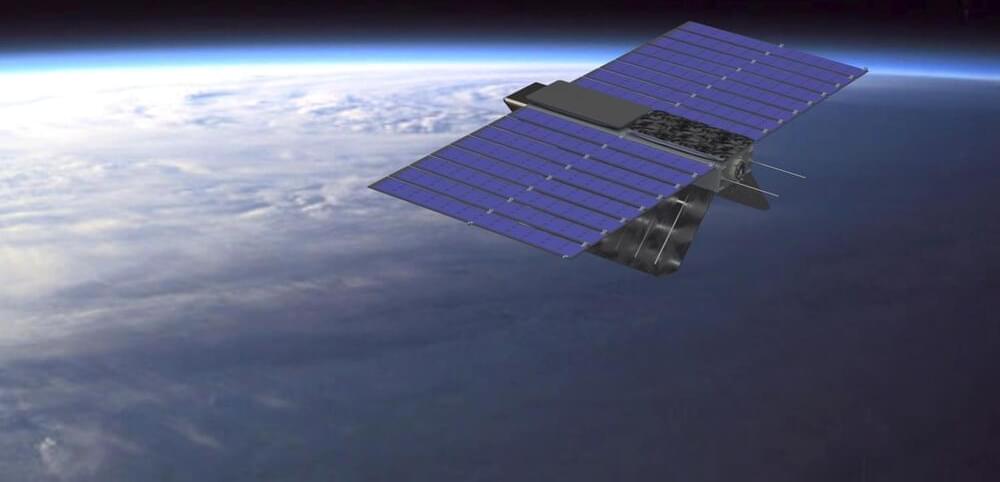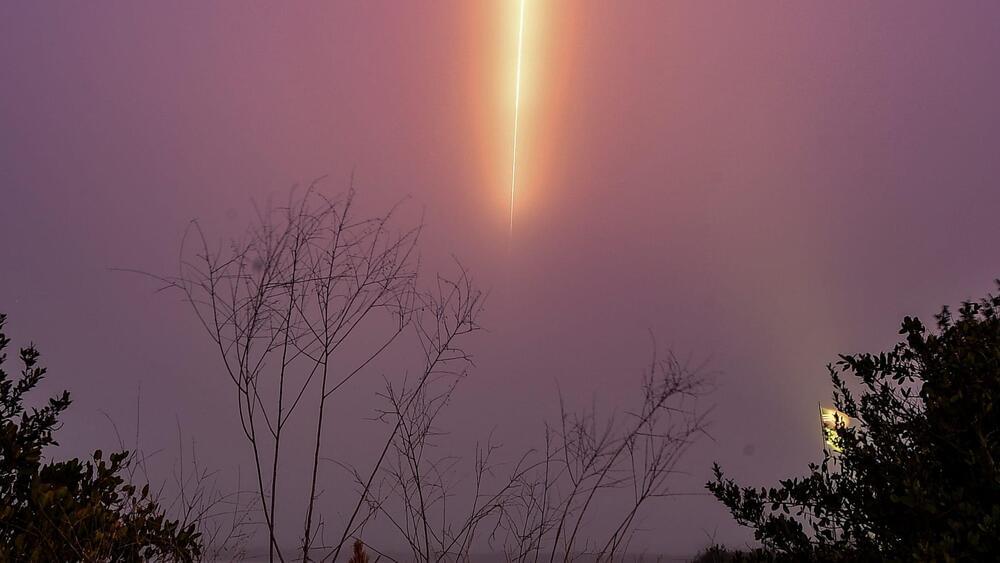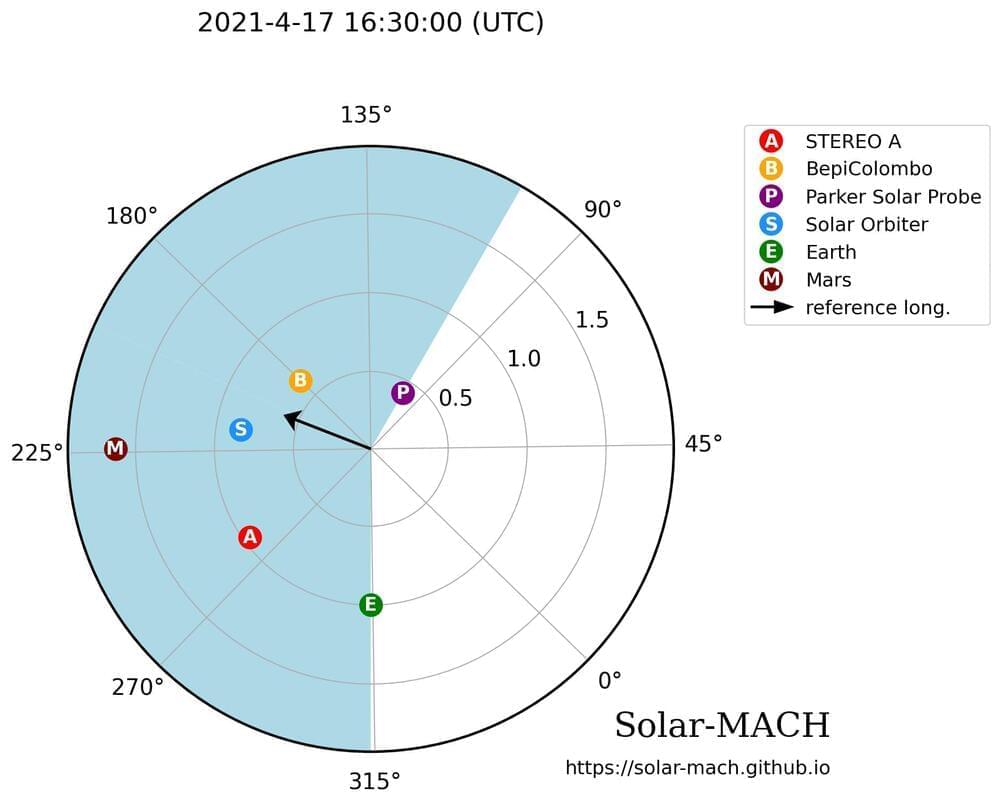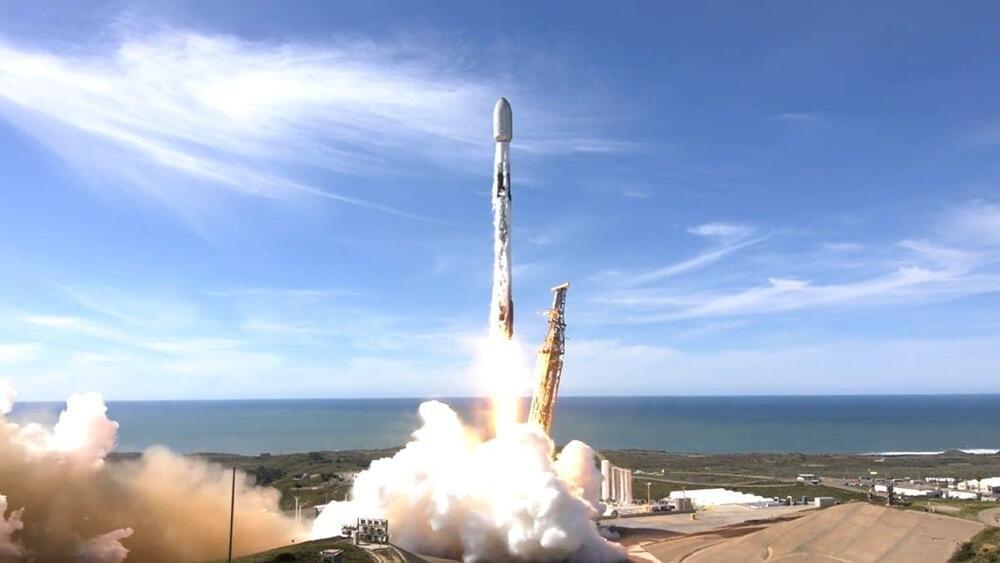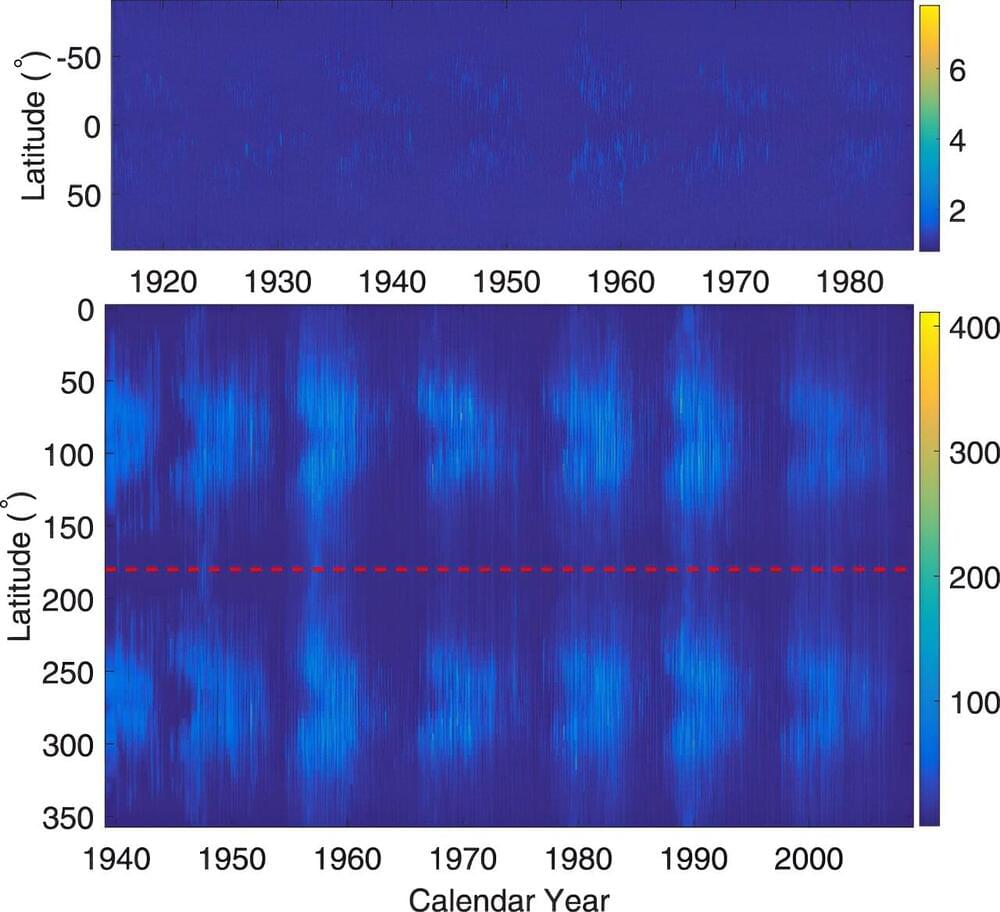Last summer, Breakthrough Energy, Google Research, and American Airlines announced some promising results from a research collaboration, as first reported in the New York Times. They employed satellite imagery, weather data, software models, and AI prediction tools to steer pilots over or under areas where their planes would be likely to produce contrails. American Airlines used these tools in 70 test flights over six months, and subsequent satellite data indicated that they reduced the total length of contrails by 54%, relative to flights that weren’t rerouted.
There would, of course, be costs to implementing such a strategy. It generally requires more fuel to steer clear of these areas, which also means the flights would produce more greenhouse-gas emissions (more on that wrinkle in a moment).
More fuel also means greater expenses, and airlines aren’t likely to voluntarily implement such measures if it’s not relatively affordable.

